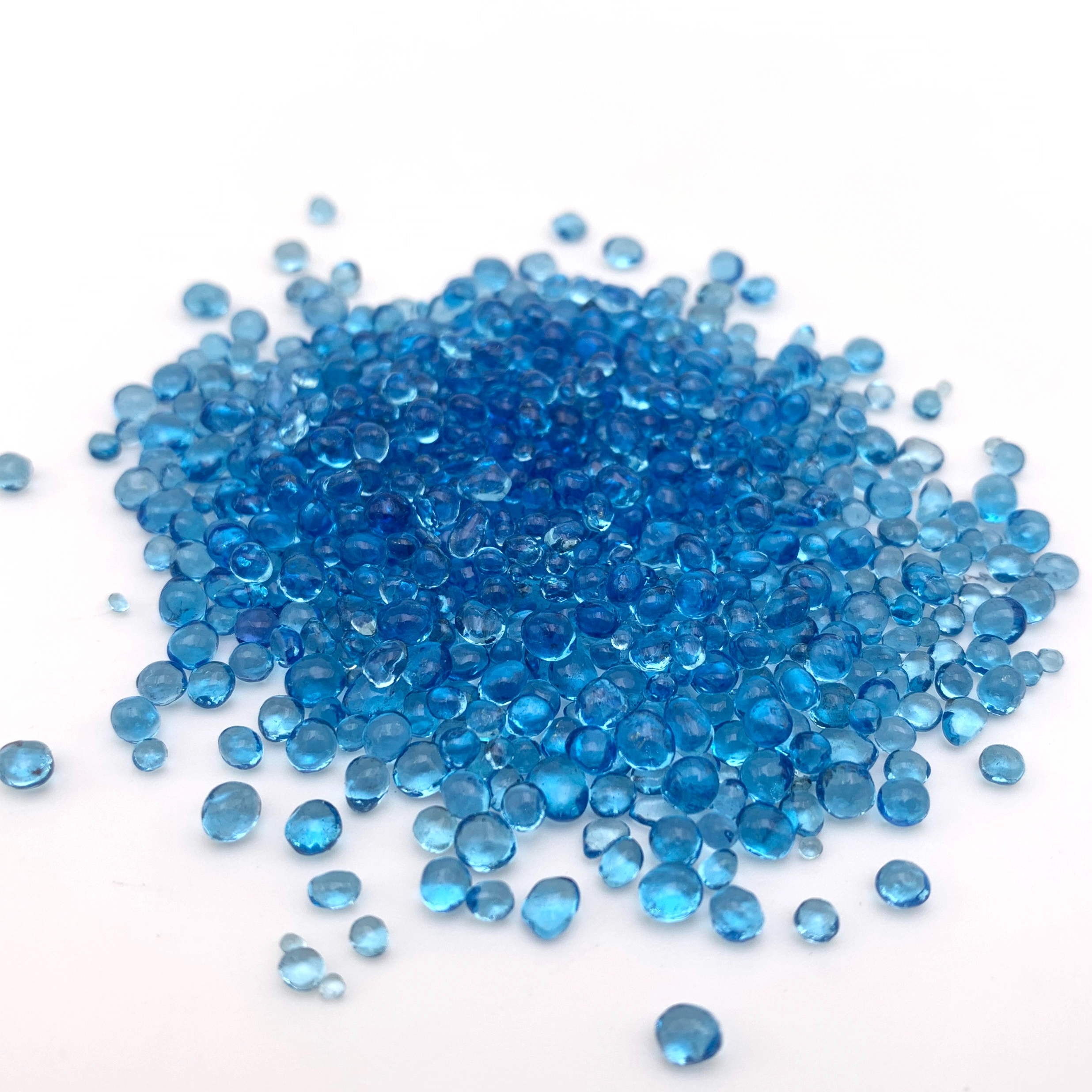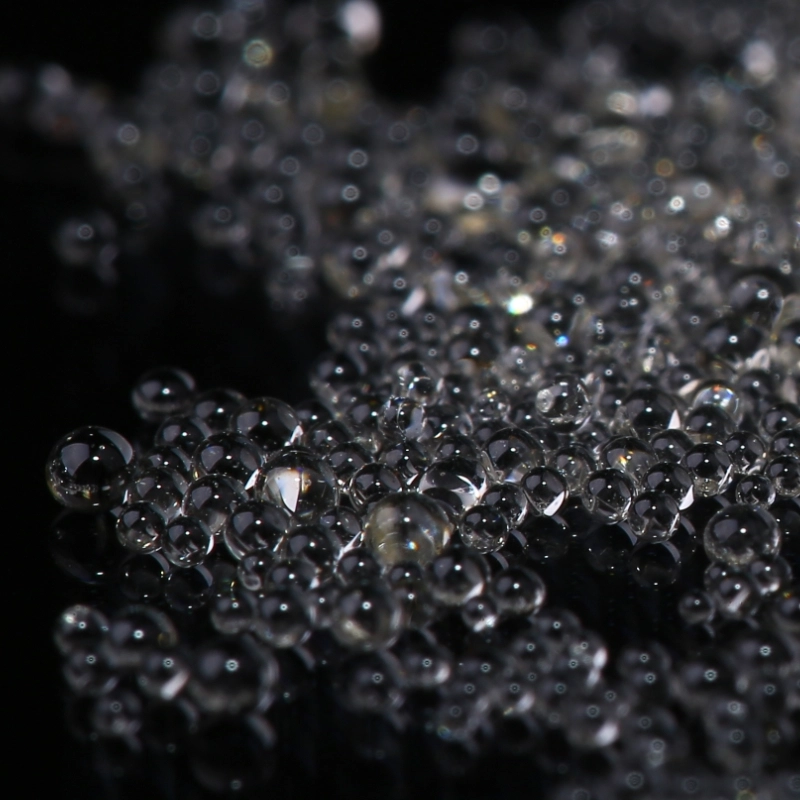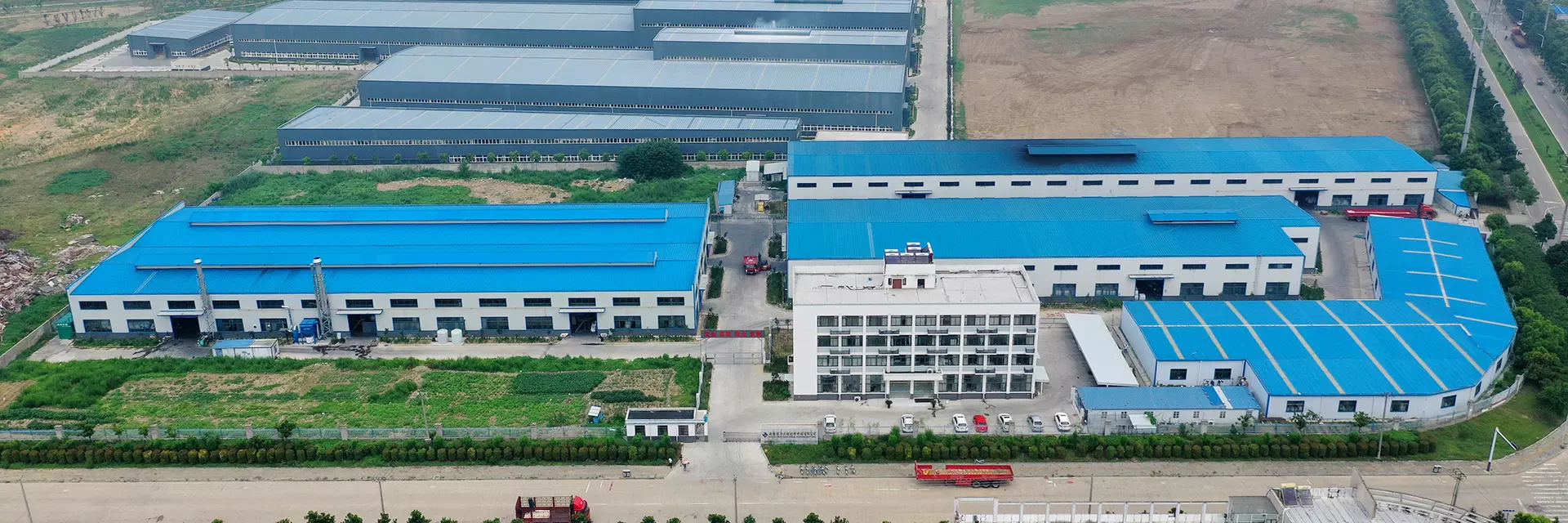News
-
April 18, 2025

Making Road Signs Clearer! Glass Bead Reflective Technology Enhances Traffic Safety
In modern traffic, the visibility of road markings directly impacts driving safety. When it comes to driving at night or in adverse weather conditions, the reflective performance of road markings becomes especially crucial. Glass beads,...
View More > -
April 10, 2025

Reflection Performance of Glass Beads under Extreme Weather Conditions (e.g., Heavy Rain and Snow)
Glass beads are widely used in road markings, primarily to enhance the visibility of road markings by reflecting light, especially in low visibility conditions such as at night. However, extreme weather conditions (such as heavy rain an...
View More > -
April 7, 2025

Method for Testing the Retroreflectivity Luminance (RL) Coefficient of Road Markings under Standard Humid Conditions
The nighttime performance of road markings is determined by the coefficient of Retroreflectivity Luminance, RL, be it dry or wet, and depends on the materials used, age, and wear pattern. These conditions shall be observed and...
View More > -
March 25, 2025

Influence of Construction Temperature on Hot-Melt Markings
The construction temperature of reflective facade paints generally refers to the temperature of the marking car hopper, which usually requires that the material in the hopper should be maintained at 180-220 ° C. When the melt temper...
View More > -
March 18, 2025

How to Remove Old Road Markings
Road markings become blurred and fall off after a period of exposure to wind and sun, or due to site changes, the original markings can no longer provide good road guidance. At this time, the original road marking paint needs to be ...
View More > -
March 15, 2025

History of Glass Beads for Road Markings
Glass beads have always been used to make reflective road signs. If properly embedded in the marking material, the glass beads are able to collect the incident light and reflect some of it back to the light source. It's this ability...
View More >

